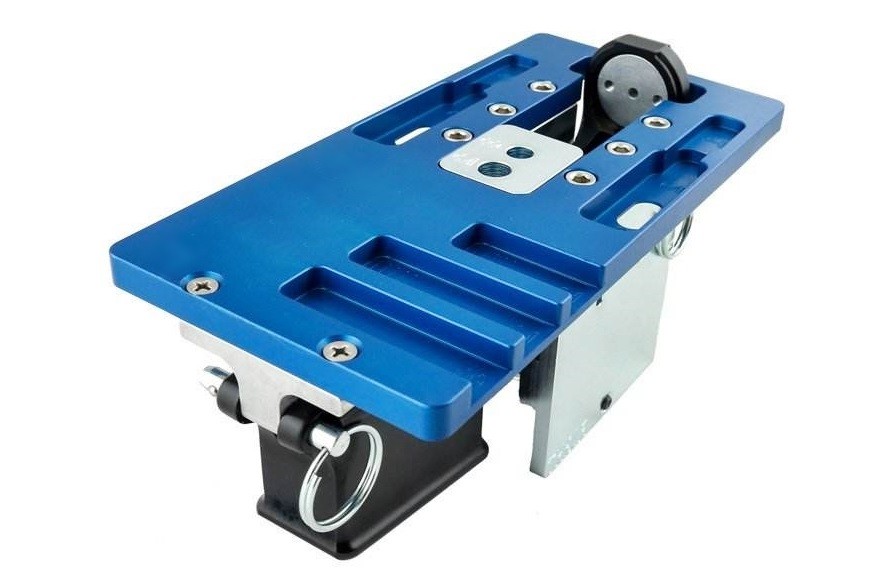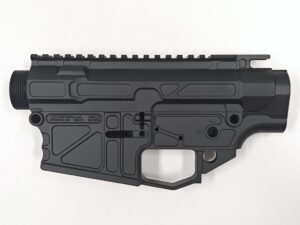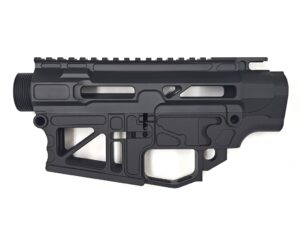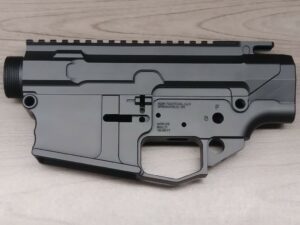Why Use A Jig For An 80% Lower?
There are a number of important reasons why you should be using a jig to complete your newly purchased and shiny 80% lower in order to get the most out it and with safety in mind too.
AR owners love to customize their weapons and with so many aftermarket parts available, doing so is easy. But one of the favorite customizable parts is available in a semi-finished state, allowing the engineer that resides in every serious shooter to really get their hands dirty. 80% lower receivers are, essentially, the most essential part of the gun, but parts that require a bit of machining – about 20%, actually – to make them a fully-functioning part, and gun enthusiasts can’t get enough of them!
In fact, 80% lowers are so popular that there is an almost equally big market in the jigs that many people use to complete the lowers. However, some purists – generally those more comfortable with their engineering skills – decry the need for a jig, and prefer to drill and mill their lowers using their dexterity and knowledge. But while some might feel as though they end up with a purer weapon, is a jig actually a necessity rather than a desirable part?
Here are some of the biggest advantages you’ll have by using a jig to finish your 80 Lower:
1.) Accuracy.
One of the most overriding reasons why you should use a jig is, obviously, to ensure accuracy of the work that you are carrying out on your 80% lower. And when we are talking about the central part of a weapon, accuracy of drilling equals quality of the whole system. That in turn, equals accuracy of the finished weapon, and regardless of the type of shooting you are typically engaged in, you want your AR to be accurate! If you are physically marking out hole positions on your 80% lower receiver, you can only expect to be as accurate as your eyes. That can introduce varying degrees of error, which could….even though they are very small, add up to overall inaccuracy of the finished part. Use of a precision-drilled jig will negate the possibility of drill or mill bit wander as you put the pressure on, and will keep your hole or cut perpendicular to the surface of the lower.
2.) Time.
As if accuracy wasn’t sufficient reason to use a jig, the amount by which they speed up the working process should seal the deal. If you are marking holes by hand, you could take anything from minutes to hours checking and rechecking position before you commit to cutting metal on your 80% lower. A jig is a precision tool and you can be assured that when you use it as a guide, you are putting the holes in exactly the right place, every time. Whether you are drilling or milling, a proper jig will speed up the process by removing the need to carry out tedious marking out and checking.
3.) Safety.
Unconstrained high-speed tools like small drills and mill bits are a potential disaster waiting to happen. Put too much pressure on them and they will distort off center and that makes the possibility of them fracturing and throwing off high-speed bits of shrapnel all the greater possibility. And then there is the metal dust that is produced by the working process. If you use a jig, then it is contained for the most part, but jig-free, much of that metal dust is going to be heading for your lungs. Don’t take any chances hurting yourself!
There we are – three extremely viable reasons for using a jig when working your 80% lower; the accuracy of the operation is enough in itself. However, you should also consider the benefits of saving time and the increased safety that comes with using one!



![LW-Skeletonized AR-15 Receiver Set Billet [FFL]](https://80lowers.com/wp-content/uploads/2024/05/AR-15-Receiver-Set-Anodized-LW-Skeletonized-LH.edited-300x225.jpg)



